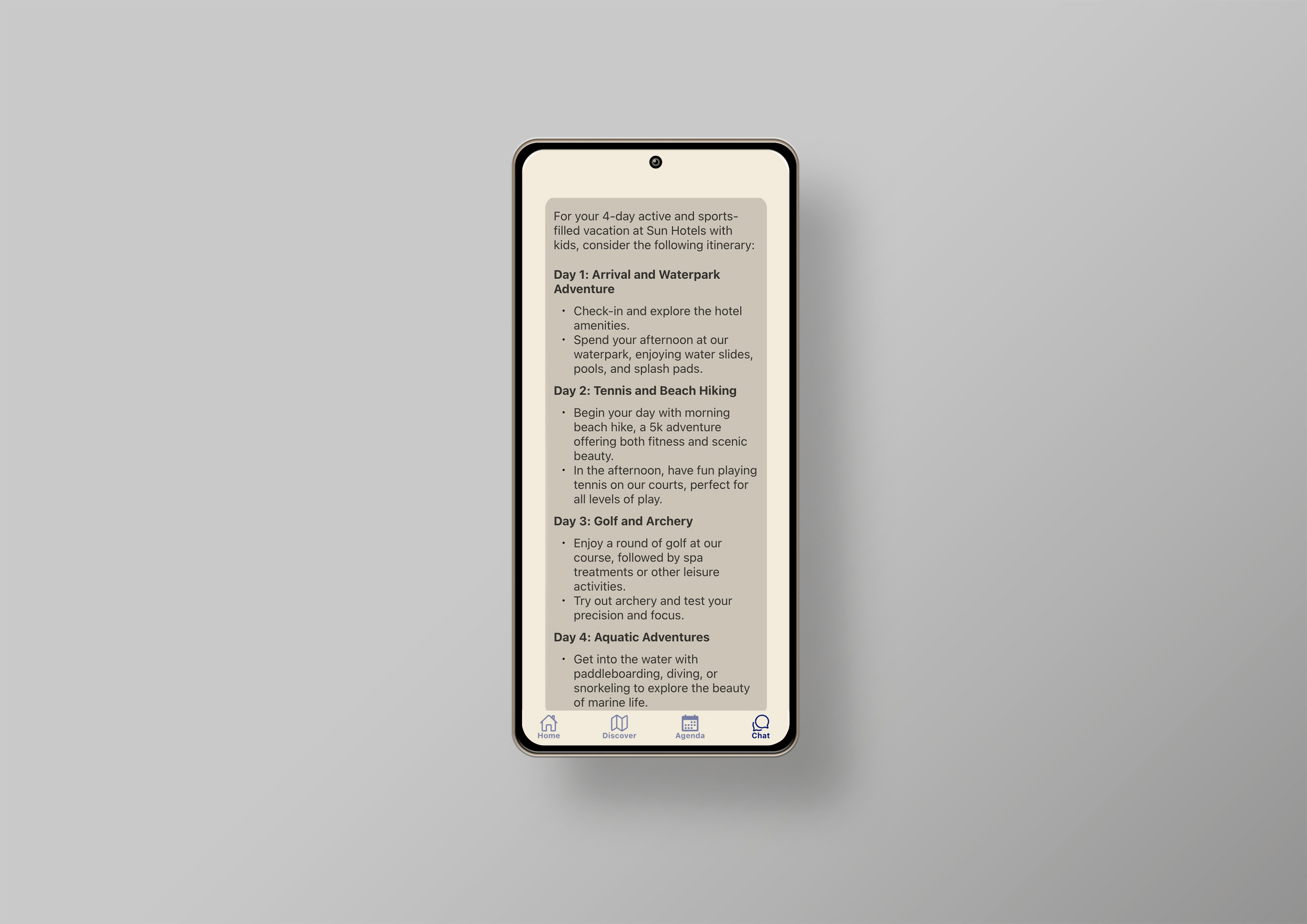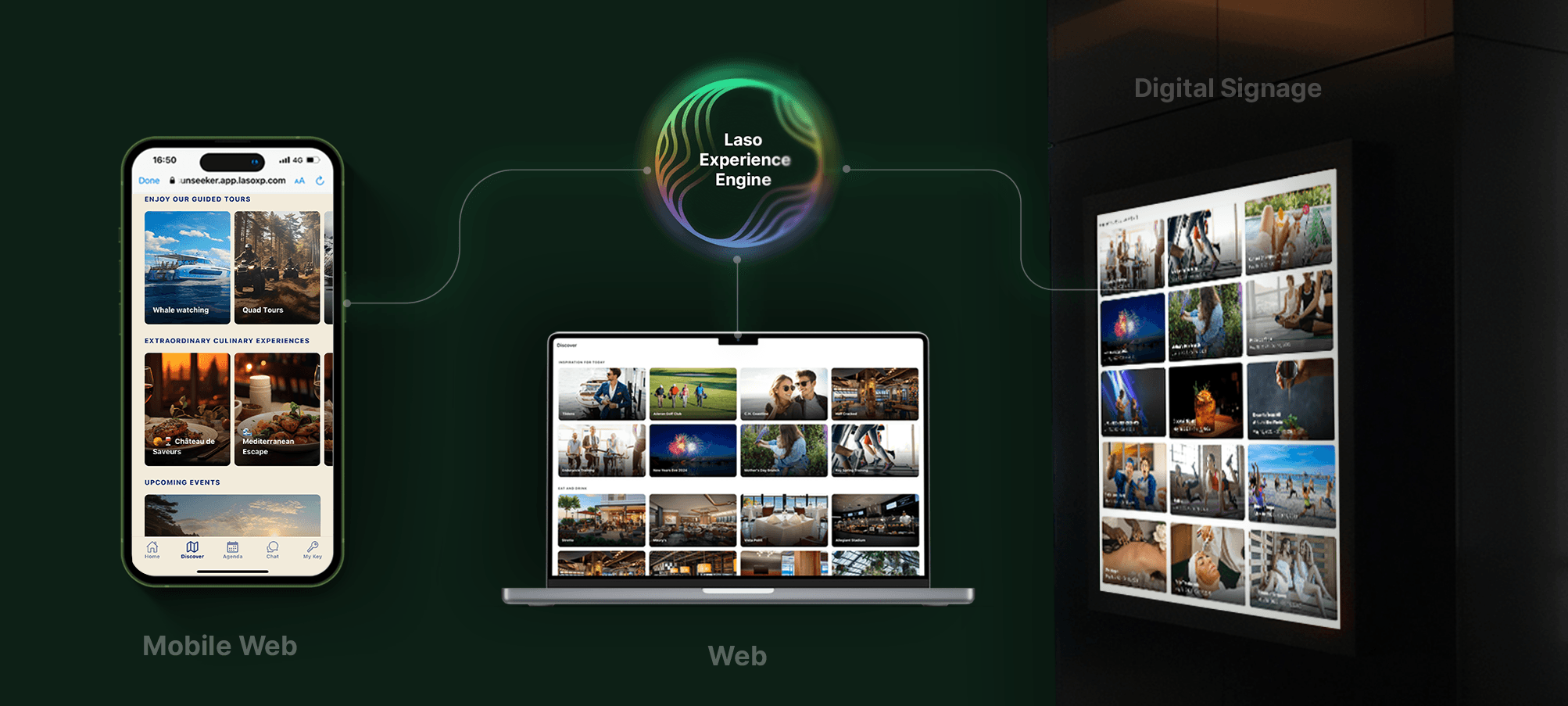Software development has always been a fast changing industry and this pace of change requires that we find some time for introspection. As the year comes to an end, we need to pause, reflect on the lessons learned, and anticipate trends that will shape our industry in the future. Here's our take on software engineering in 2024 and beyond.
100x Engineer or Back to the Roots
The allure of quick and expansive digital product development has led businesses to prioritize speed over craftsmanship, often entrusting increasingly complex projects to less experienced developers or outsourcing to software development shops.
In the past decade, the industry saw a surge in the demand for quick "engineering" training. This surge is fueled by an influx of "cheap money," leading to overhiring and subsequent overvaluation of skills. We went from nurturing exceptional problem solvers to a more quantity-oriented approach.
The result is a deviation from the traditional essence of an engineer, who was once considered a true problem solver with a profound understanding of complex issues and the ability to find the most effective and creative solutions. That is who we now call 100x engineers – individuals with exceptional problem-solving skills, the ability to think critically, and the capacity to innovate.
All of this calls for a hard reset in 2024 and beyond, to shift away from superficial software development practices and return to the origins of computer science, nurturing the skills and the mindset that were once synonymous with the term "engineer."
SpiceFactory is dedicated to nurturing engineering excellence, recognizing the central role of exceptional individuals in building the next generation of digital products. One of our goals for 2024 is to continue to seek and cultivate talents with the daily drive to achieve the extraordinary.
AI is EVERYWHERE
In one form or another, we’re seeing AI in almost every digital product. Language models such as LLMs are now reaching maturity, with companies increasingly looking for ways to integrate them into their digital offerings.
LLMs, like OpenAI's GPT-4 and Google’s PaLM, have demonstrated great capabilities in content summarization as well as in generating tailored content recommendations.
For example, a travel itinerary planner that leverages AI can shift through a multitude of options, offering users personalized suggestions based on their preferences, past behaviors, and real-time data. This not only enhances user engagement but also ensures a more seamless and satisfying user journey.
When it comes to AI for digital product development, the options are abundant, with virtually every major cloud vendor offering AI as a service or the flexibility to run it on-premises.
Companies like Ollama.ai and the comprehensive GPT-4 solutions are pioneering this space, providing accessible and powerful AI tools. These platforms cater to different needs, from natural language processing to content generation, providing businesses with the flexibility to align AI functionalities with their specific product requirements.
In 2024, with a plethora of AI choices and advanced technologies, many companies will make AI a key part of their digital product strategy.
Get Ready for AI-Powered Code Assistants
In 2023, the use of AI code assistants became a daily practice at SpiceFactory, with GitHub Copilot leading the charge. Beyond this, we are actively exploring and experimenting with other tools such as AWS CodeWhisperer. Jetbrains is also on the horizon with its own variant, adding to the array of options available to developers looking for some AI support in their work.
Looking ahead, it’s clear that the landscape of AI code assistants will only expand, seamlessly augmenting coding capabilities and elevating the overall quality of software development processes.
Mobile Apps are Here to Stay
In 2023, mobile apps have solidified their presence as indispensable tools. Apple, famous for its gatekeeping practices, underscores the necessity of mobile apps for certain functionalities that are not yet seamlessly achievable through the Web—consider BLE for mobile keys or NFC keys.
Despite the web's capabilities, mobile apps are still the most effective bookmarks for applications. Consider scenarios such as ordering from your favorite bakery chain or grabbing a coffee from the cafe next door.
Regardless of the platform-specific constraints, in 2024 and beyond it's crucial to adopt a cross-platform and cross-medium development approach.
In today's business context, applications and their data seamlessly transition between large displays, tablets, and smartphones, necessitating a versatile and adaptive interface enabled by technologies like React and React Native. These libraries have empowered a vast ecosystem of design systems and frameworks, enabling us to build applications that seamlessly scale across various platforms and devices.
Every application we build today at SpiceFactory operates across all of the segments. The best example here is our internal venture LasoExperience, a guest experience platform that spans across web, mobile app and messaging channels, helping hotels enhance guest engagement and increase revenue.
The Data Privacy Imperative
In a digital landscape shaped by regulations like CCPA and GDPR, people are more aware about their data and related privacy issues. To meet legal obligations and user expectations, organizations must deploy secure systems with robust access controls, encryption, and regular security audits. Anonymization techniques are key in protecting user identities, fostering trust even in the event of a breach.
So, what will be expected of companies in 2024? Growing awareness of data security and privacy will shine light on the ethical businesses that consumers can entrust their data with. As privacy regulations become more complex, ‘privacy-first’ products will gain user trust and capture more market share.
Navigating Security Standards in the Cloud Era
The acronyms PCI, SOC2, ISO, and HIPAA represent critical data security frameworks and certifications. While we never questioned the importance of securing data, the advent of cloud technology has heightened the stakes, making data leaks particularly scary.
By weaving security measures into every phase of the software development lifecycle, organizations can foster a culture of security-conscious development. This not only aligns with the security standards but also ensures that security is not an isolated function but an inherent aspect of the software development process.
Everything Managed (SaaS)
If one thing was evident in 2023 it’s that on-premises solutions are gradually losing ground to the efficiency and flexibility offered by Software as a Service (SaaS). One of the main reasons for this is that SaaS eliminates traditional installation hassles, allowing for a seamless and hassle-free experience for users.
SaaS brings about a host of advantages – quick deployment, accessibility and flexibility, streamlined operations, etc. Scalability on demand and enhanced security measures round out the benefits, making the shift to SaaS a strategic imperative for businesses in 2024 and beyond.
Prioritizing API-First Design
In modern software development, adopting an API-first design isn't just a good practice — it opens many doors to partnerships and future business opportunities. By providing robust third-party APIs, organizations ensure seamless integration with other systems and platforms, fostering an efficient exchange of data and functionality.
This approach acts as a catalyst for innovation, inviting external developers to contribute fresh perspectives. Beyond immediate benefits, offering third-party APIs is a proactive step toward future-proofing the business, enabling adaptability to emerging trends and maintaining competitiveness.
Accessibility as a Non-Negotiable Standard
Accessibility is not just a checkbox—it's a fundamental standard that impacts every aspect of design. From visual elements to user interfaces and responsiveness, no corners are cut in ensuring that all users, regardless of ability, can seamlessly interact with and navigate digital platforms.
A great example of the impact of prioritizing accessibility is the redesign of Google Maps. It demonstrates how addressing accessibility concerns at every layer can transform a widely used digital platform, making it more inclusive and user-friendly for individuals with diverse abilities.
In 2024 accessibility should become a standard practice for software engineers and designers. It's all about creating a digital landscape where user experience is elevated for all. This is a social responsibility that recognizes the diversity of users and empowers them to navigate digital spaces with ease and dignity.
Takeaways
Looking ahead to 2024, it's clear that the future of digital product development isn’t about innovation for innovation's sake. It's about going back to engineering fundamentals so we can innovate responsibly and build secure, reliable, and accessible digital products that work for everyone.


